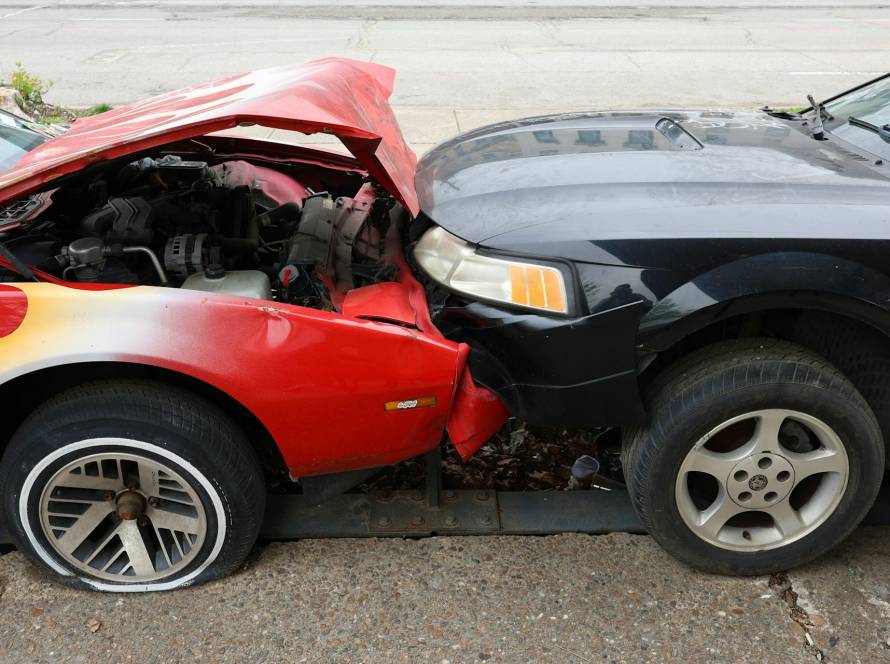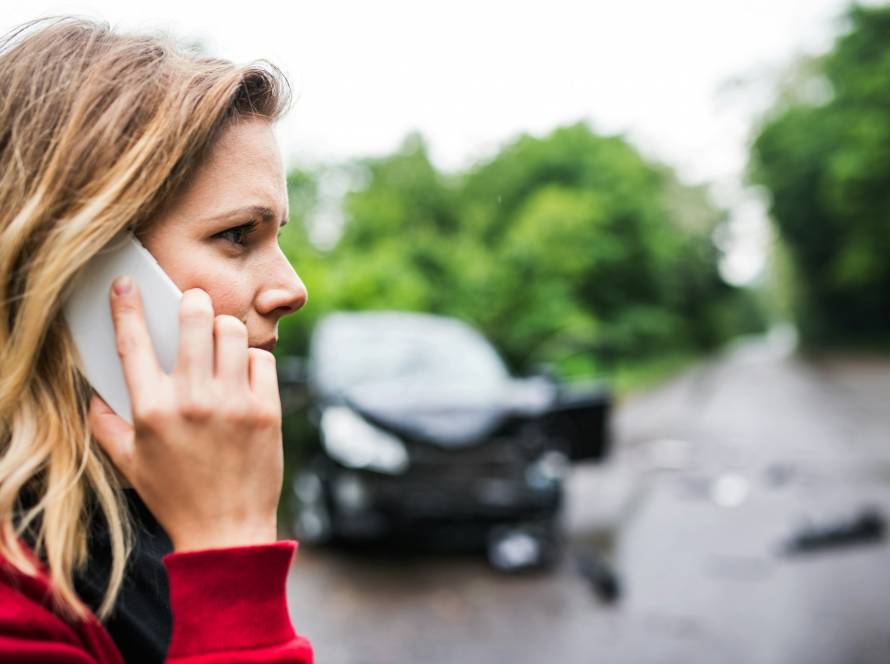Stepping out onto the bustling streets of Orlando as a pedestrian is something we all do almost without thinking. Whether we’re heading to work through downtown or strolling in a neighborhood in Central Florida, walking is part of our daily routine. But what happens when a pleasant walk turns into a nightmare due to an accident? Understanding how to navigate a pedestrian accident case can be as complex as the roads we travel each day. It’s a journey many don’t expect to face, but being prepared can make all the difference.
In Orlando, where pedestrian traffic is common, knowing how to protect yourself legally in the aftermath of an accident is key. The process of proving a pedestrian accident case involves several important elements. It’s not just about pointing fingers; it’s about piecing together the facts that distinctly showcase responsibility and damages. Let’s walk through these elements step by step, giving you the clarity needed to build a strong case if you ever find yourself in such an unfortunate situation.
Key Elements You Need to Prove
Understanding the key elements needed to prove a pedestrian accident case lays the groundwork for a successful claim. Here’s a simplified look at these crucial components:
1. Duty of Care
– Drivers on the road have what’s known as a “duty of care” toward pedestrians. This means they must behave in a reasonable and cautious manner to avoid harming others. Think of it as a driver’s promise to always keep an eye out for anyone crossing the street.
– For example, when drivers approach a crosswalk, they are expected to slow down and yield to pedestrian traffic. This level of care helps keep everyone safe, creating a shared space where both drivers and pedestrians can coexist without incident.
2. Breach of Duty
– Demonstrating a breach of duty involves showing that the driver failed to uphold this promise of care. Was the driver distracted by a mobile phone or speeding through a stop sign? These are instances where duty was breached.
– Such actions turn a driver’s vehicle into a hazard, increasing the likelihood of accidents. Exposing these breaches helps establish a clear path toward accountability.
3. Causation
– Even with a breach of duty, it’s essential to connect that breach directly to the injuries sustained in the accident. Causation links the driver’s negligence to the harm caused.
– Evidence plays a major role here, such as witness accounts or accident reconstructions that show how the driver’s failure to act carefully led directly to the accident.
4. Damages
– The repercussions of an accident aren’t just immediate; they can affect a person’s life in countless ways. Damages can include medical expenses, lost wages from time missed at work, and the physical and emotional pain experienced.
– Meticulous documentation of these damages is necessary. Keep track of all medical bills and treatment details, as these help quantify the extent of harm experienced after the accident.
Understanding these four elements helps in forming a comprehensive picture of the accident and what needs to be proven. It delivers a clear map to follow when pursuing legal action, ensuring you’re not overwhelmed by complexity when clarity is possible. This straightforward approach aims to guide anyone who might face this challenge and needs a reliable pathway forward.
Gathering Necessary Evidence
Collecting evidence is a foundation stone for any pedestrian accident case. The robustness of your evidence can make the difference between a weak claim and a persuasive argument. Here are some types of evidence that can be crucial:
– Police Reports: These offer an official account of what happened, which can be vital. Make sure to obtain a copy, as it can lend objectivity to your case.
– Witness Statements: Eyewitnesses can provide third-party accounts of the incident. Their observations might capture details you missed and help strengthen your position.
– Photographs and Videos: Visual evidence can paint a clear picture of the accident scene, showing vehicle positions, road conditions, and any visible injuries.
– Medical Records: These provide documentation of the injuries sustained and the treatments required. Medical records can help tie your medical expenses to the incident.
– Evidence from the Scene: This might include skid marks, traffic signs, or any hazards that contributed to the accident. Preserving this evidence can showcase the environment at the time of the incident.
Getting your hands on this evidence can seem overwhelming. However, it’s crucial to start as soon as possible to ensure that nothing slips through the cracks. Keeping everything organized from the start helps not only in building a case but also in ensuring you stay calm and confident through the process.
Working With a Pedestrian Accident Attorney in Orlando
An attorney familiar with pedestrian accident cases in Orlando can offer significant advantages in your journey for justice. They bring a specialized focus, ensuring all legal boxes are checked and the claim is as strong as possible. Let’s look at why engaging a specialized attorney is beneficial:
– Expertise in Local Laws: Orlando’s traffic laws and regulations may vary from other locations. An attorney who is well-versed with these laws can navigate them to your advantage.
– Negotiation Skills: Dealing with insurance companies can be tricky. Attorneys know how to negotiate the best possible settlement, advocating fiercely on your behalf.
– Streamlined Process: They handle all the paperwork and procedural details, allowing you to focus on recovery. From filing claims to meeting deadlines, they keep the wheels turning smoothly.
So, how can you choose the right attorney? Look for someone who takes the time to understand your situation and reflects genuine interest in seeing you succeed. The right attorney will craft a tailored strategy that meets your needs specifically.
Getting Prepared for Your Case
Preparation is key to turning a pedestrian accident into a manageable situation. Knowing what to do immediately after the accident creates a positive ripple effect. Here’s what to prioritize:
1. Seek Medical Attention: Always put your health first. Even if injuries seem minor, a medical professional should check them out.
2. Document Everything: Keep a journal of events as they happen. Details about your physical and emotional well-being can become vital later.
3. Create a Case File: Gather all evidence, from witness information to receipts for miscellaneous expenses related to the accident. Organized paperwork can significantly aid your attorney.
4. Stay Consistent with Medical Treatment: Follow the prescribed treatment plans and attend all medical appointments. Neglecting follow-up care can weaken your claim.
This preparation may feel like another task in an already hectic time. However, these steps can foster peace of mind and ensure nothing slips away.
Safeguarding Your Rights Is Key
Knowing your legal rights and standing firm in protecting them is a powerful move. Waiting too long can compromise your access to potential compensation. Here are ways to ensure your rights remain intact:
– Stay Informed: Understand your rights as a pedestrian accident victim. Awareness is empowerment.
– Act Proactively: Take steps to file claims and preserve evidence promptly.
– Seek Guidance: Don’t hesitate to consult professionals who can light the path forward.
Remember, a pedestrian accident can be incredibly stressful, but it doesn’t mean you’re entirely alone. There are pathways and support systems available to guide you. By taking the right actions, you pave the way for justice and recovery.
For those who have been involved in a pedestrian accident in Orlando, understanding your legal options is crucial for a fair resolution. To ensure that your rights are fully protected and to navigate the intricacies of your case effectively, consult a pedestrian accident attorney in Orlando. Hines Law is dedicated to providing guidance and support, helping you work through the complexities of your situation with confidence.




